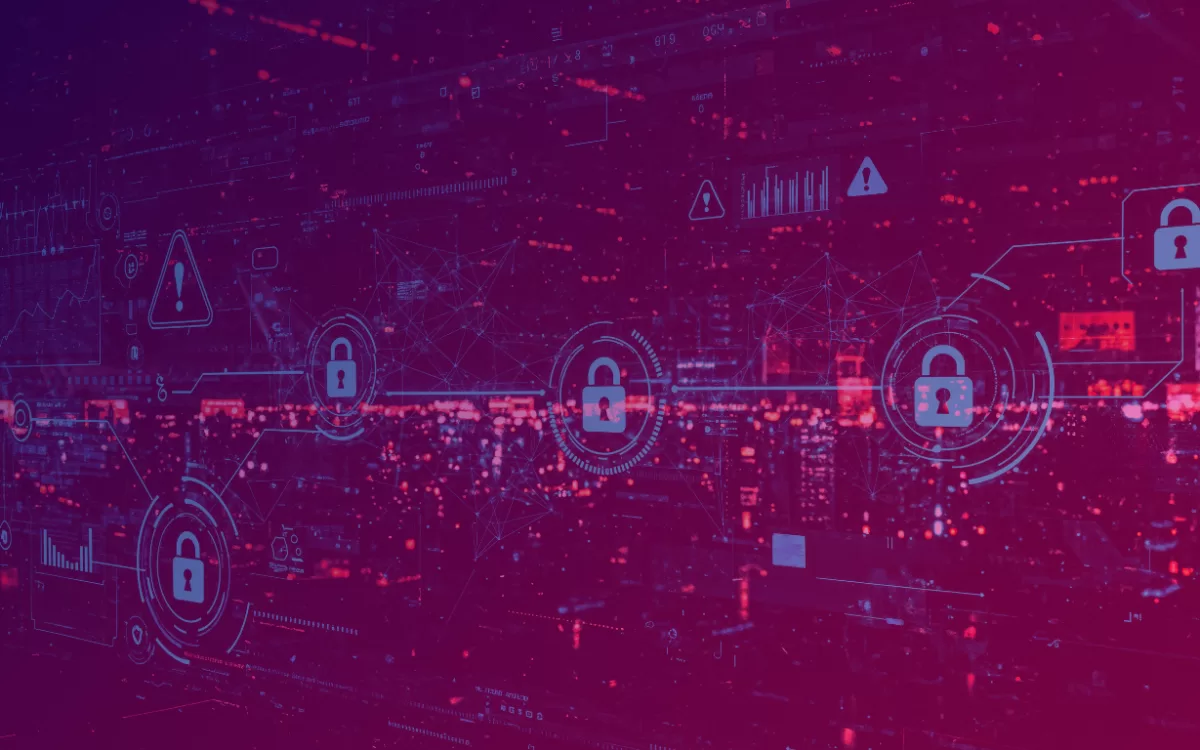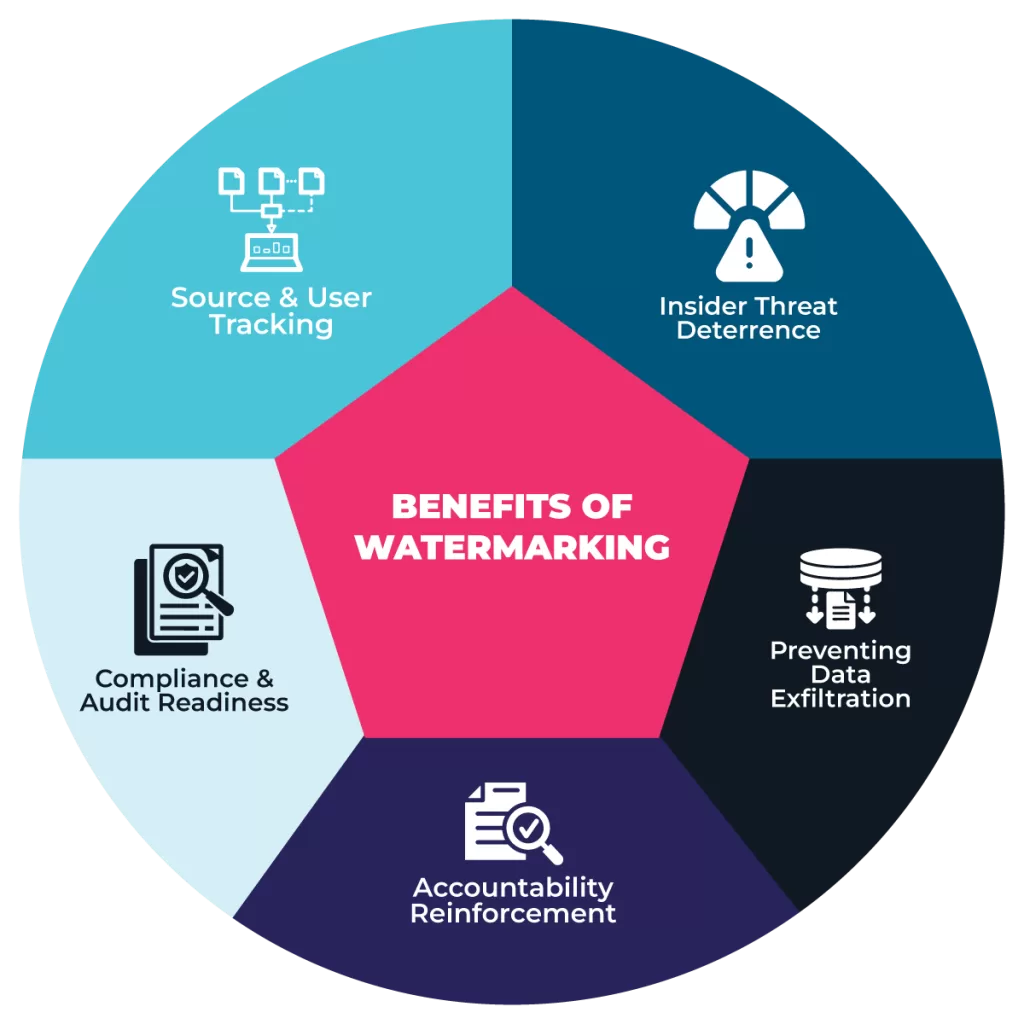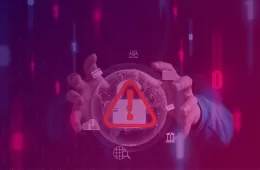
What is Human Risk Management and Why Does It Matter?
A single human error can compromise even the most sophisticated cybersecurity systems in today’s interconnected society. And the most used attack vector against security systems is indeed the human element. Alarming numbers back up this reality: 83% of organizations had an insider attack in the last year, according to IBM 2024 Insider Threat Report. Moreover, there was a fivefold increase, from 4% in 2023 to 21% in 2024, in the proportion of organizations reporting 11 to 20 insider incidents. These statistics highlight why Human Risk Management is essential for organizations to understand, monitor, and control the human factor in cybersecurity. However, in a digital landscape that is always changing, how can organizations provide security, accountability, and trust, all while mitigating risks caused by human behavior?
What Is Human Risk Management?
Recognizing that humans are both a strength and a weakness in cybersecurity. The fresh idea of Human Risk Management provides a comprehensive strategy that focuses on people. Human risk management is about identifying, quantifying, and minimizing risks related to human behavior within a company, as opposed to traditional security awareness training. A multi-faceted approach is necessary to achieve this objective.
- Risk Assessment
The first step in preventing security breaches caused by carelessness, human error, or even malicious insiders is to conduct a risk assessment, which entails identifying roles, actions, responsibilities, or contexts inside the company. - Behavioral Analysis
Then, behavioral analysis looks for patterns that could indicate danger by observing how employees do their regular jobs, particularly when using digital tools and systems. - Tailored Training Programs
After that, tailored training programs are implemented, which are designed to fill in the knowledge gaps and reduce risk exposure for each individual based on their specific job duties and access levels. - Continuous Monitoring
In addition, real-time surveillance of user actions is a part of continuous monitoring in order to detect suspicious activity that may suggest a threat, including attempts to bypass access restrictions or steal confidential information. - Adaptive Policies
The organization’s defenses should be kept proactive and up to date by implementing adaptive policies. These policies remain flexible and are regularly updated to account for changing behavioral trends and newly emerging threats. - Building a Security-Aware Culture
Human risk management’s end goal is to foster a security-aware culture where employees are knowledgeable, vigilant, and given the authority to make choices that safeguard information and infrastructure. HRM is a turning point in cybersecurity strategy, moving away from an overly technical framework and toward one that fully incorporates human behavior into the organization’s security posture by addressing the causes of prevalent incidents such as phishing, social engineering, and insider threats.
Why does human risk management matter?
Given that human error is still a major contributor to data breaches, Human Risk Management has become an essential part of modern cybersecurity. Phishing, credential theft, and user mistakes remain among the most prevalent attack vectors, and a worrisome 74% of breaches in 2023 featured a human aspect.
The September 2022 Uber breach is a prime illustration of this, as the perpetrator used a multi-factor authentication fatigue attack to get access. After successfully impersonating Uber’s IT department, the attacker proceeded to compromise the entire system by continually bombarding an employee with MFA requests until one was authorized. This example shows that even companies with solid technological security can fall victim to a single mistake made by an employee.
Further underscoring this trend, IBM’s 2024 Cost of a Data Breach Report revealed that stolen credentials were the initial attack vector in 16% of breaches, making them the most common entry point into IT environments. Phishing followed closely at 15%, reinforcing the urgent need for proactive human risk mitigation strategies within cybersecurity frameworks.
The Cost of Ignoring Human Cyber Risks
A single phishing email can initiate a series of costly consequences, such as the activation of resource-intensive incident response plans, legal penalties, lost customers, and long-term brand harm.
A clear example : The 2023 cyber-attack on MGM Resorts, which was facilitated by the social engineering of a helpdesk employee, resulted in the complete disruption of casino and hotel operations.
In 2024, the average cost of a data breach was USD 4.88 million. According to IBM, the largest portion of this cost, averaging $ USD 2.8 million per incident downtime, customer churn, and reputational damage.
How does watermarking help mitigate this risk?

- Protecting Sensitive Data at the screen level
Screen watermarking makes it harder for insiders to misuse confidential information. By displaying visible, user-specific watermarks on screens, any screenshot, screen recording, or photo taken will carry traceable information such as usernames, timestamps, or device details. This discourages unauthorized sharing and supports accountability. - Tracking Printed Documents
Printed documents can carry invisible or visible watermarks that embed tracking information like printer serial numbers, user IDs, and timestamps. The 2017 Reality Winner case is a clear example: a leaked NSA document was traced back to the leaker through hidden printer microdots. Similarly, Datapatrol’s printing watermark solution helps organizations trace leaks, proving when and where sensitive files were printed. - Securing Mobile Screens
With more employees working remotely and accessing corporate data on mobile devices, using watermarks will add an extra layer of security to your data protection protocol. Applying visible watermarks on sensitive data viewed on mobile devices reminds users they are accountable and discourages them from sharing screenshots or photos externally. - Preventing Unauthorized Data Sharing Online
WebMark applies dynamic watermarks to web applications and internal platforms, protecting content viewed or downloaded through web browsers. This means if an employee tries to capture or share restricted information, every copy carries user-specific details that can help identify the source of a leak. - Tracing Insider Threats and Deterring Malicious Behavior
Together, screen, web, mobile, and print watermarking build a robust deterrent against insider threats. They make confidential information traceable, so if it leaks, the organization can identify when, where, and by whom it was accessed, enabling faster response and legal action if needed. - Reinforcing a Security-Aware Culture
Watermarking also signals to employees that security is active and accountability is real. When people see that documents, portals, and screens are marked and monitored, they are more likely to act responsibly, supporting the wider goal of Human Risk Management.
Firewalls, encryption, and sophisticated software are no longer enough to keep cyber attackers at bay. A single slip-up by a person can still jeopardize the most sophisticated systems. Recognizing that people are both the biggest risk and the biggest asset when it comes to cybersecurity, digital watermarking and Human Risk Management provide a strong, complementary solution. Building a resilient and security-aware culture requires an organization-wide strategy that emphasizes awareness, responsibility, and data protection.








